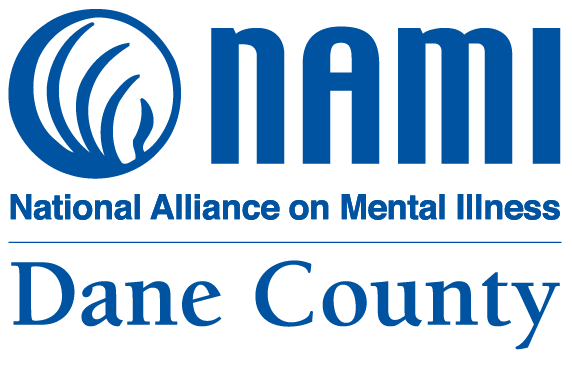Mental Health Services and Supports in Madison Metropolitan School District (MMSD)
By Kristen Waters Guetschow, PhD - Mental Health Coordinator
Attending to student mental health and wellbeing has been a high priority in MMSD for many years, but it merits special attention during this time of unprecedented emotional and social stress associated with the COVID-19 pandemic and persistent racial trauma and violence. As a district we worked hard to return this fall in a way which centered relationships, highlighted resilience, and normalized stress. Our goal is to build a strong foundation for healing and healthy coping for all within our school communities
“Our goal is to build a strong foundation for healing and healthy coping for all within our school communities.”
MMSD’s mission is to effectively prepare each of our students to be college, career, and community ready. Focusing on the whole child, learning encompasses both academic and social emotional areas. Given that 1 in 5 children struggle with mental health concerns, we take a proactive approach to delivering school-based mental health supports that are culturally responsive and trauma-informed. This approach builds upon a safe and welcoming school environment, strong relationships, staff wellness, and student and family voice.
As a nation, educators, families, and community partners have had to deepen partnerships in new and creative ways as we pivoted our work to serve students virtually. We know physical and mental health go hand in hand, as a community we continue to navigate wellness in both arenas. In MMSD, not only are our classrooms now virtual, so are our social emotional and mental health supports. As we moved to virtual learning we worked to center the wellbeing of our students by:
Continuing to build relationships and community in an online environment.
Centering Social Emotional Learning for our students and staff.
Supporting teachers and families to recognize students’ struggles and to clarify referral pathways for students to receive extra layers of care within the school and/or community.
For students who need additional layers of support, Student Support Professionals (School Psychologists, School Social Workers, School Nurses, School Counselors) work with families to clarify the concern and connect students with needed services. School supports range from informal to formal supports (extra individual attention/monitoring to using a formal evidence- based intervention), that can be provided individually or in small groups, and can range from short term support to support that may last throughout the school year. All of our individual and group services are currently being provided via telehealth.
Some of our mental health supports sprout from universal grade level social emotional screening. As an example, currently in 3rd and 6th grade, many schools offer a process where teachers or students share a snapshot of how students are currently doing and those who may need support or an intervention are referred to groups like our CBITS (Cognitive Behavioral Intervention for Trauma in Schools) or Bounce Back groups. These groups involve partnerships with community based clinicians offering an evidence based intervention to work towards reducing symptoms of trauma or chronic stress. Other mental health supports take shape by lifting up our student voices. For example, we have been working with our Student Senate and some of our High Schools have been partnering with NAMI in sponsoring Raise Your Voice Clubs, to work with students in order to best share information and fight stigma with their peers.
“We have found that this time has lifted the importance of students, families, schools and community partners working together. We continue to need to be creative and persistent to help each student thrive under these new conditions, together.”
Despite the planning, thoughtfulness and creativity of our students, staff and families, we know that students and families have experienced significant changes and often related stressors this year. If you are worried about a student you care about please reach out to a Student Services Professional at their school. A communication with their teacher or principal can support this connection if you aren’t sure where to start. We have found that this time has lifted the importance of students, families, schools and community partners working together. We continue to need to be creative and persistent to help each student thrive under these new conditions, together.
